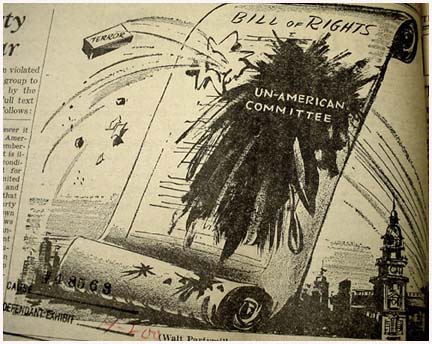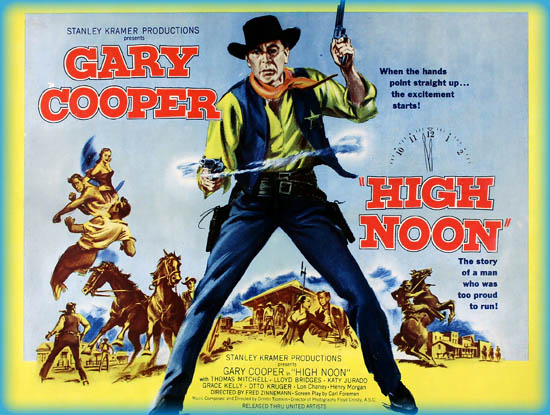The Red Scare is one of the most infamous anti-communist campaigns in American history. The fear of communism and its spread throughout the United States led to a widespread campaign of fear-mongering, propaganda, and persecution of those suspected of being communists or communist sympathizers. This article aims to provide a comprehensive understanding of the Red Scare, its origins, impact, and significance, as well as its relevance to contemporary politics.
Origins of the Red Scare
The origins of the Red Scare can be traced back to events that occurred before the campaign’s peak in the 1940s and 1950s. The Bolshevik Revolution of 1917 in Russia sparked fears of communism spreading throughout the world, including the United States. The Palmer Raids of 1919-1920, led by Attorney General A. Mitchell Palmer, further fueled anti-communist sentiment. The raids resulted in the arrests of thousands of people suspected of being communist or anarchist sympathizers, with many being deported without trial.
The Red Scare in the 1940s-1950s
The House Un-American Activities Committee (HUAC) was established in 1938 to investigate allegations of communist activity in the United States. In the 1940s and 1950s, the HUAC became a powerful force in American politics and culture, launching investigations into alleged communist influence in Hollywood, labor unions, and other areas of American life. The Second Red Scare, also known as McCarthyism, was a period of intense anti-communist hysteria in the late 1940s and early 1950s, led by Senator Joseph McCarthy. McCarthy claimed that communists had infiltrated the U.S. government and military and accused numerous individuals of being communist or communist sympathizers, often without evidence.

The impact of the Red Scare on Hollywood was particularly significant. Many actors, directors, and screenwriters were blacklisted or forced to testify before the HUAC about their political beliefs. The Hollywood Ten, a group of screenwriters and directors, were jailed for contempt of Congress after refusing to testify before the HUAC. The impact of the Red Scare on Hollywood lasted for years, with many people losing their careers or being forced to work under pseudonyms.
The Fallout of the Red Scare
The Red Scare eventually declined, in part due to public disillusionment with McCarthy and the HUAC. However, its impact on American politics and society was significant.
The Red Scare helped to create a culture of fear and suspicion that persisted for years, leading to a rise in political conservatism and the formation of organizations such as the John Birch Society. The campaign also had lasting effects on American politics, with anti-communist sentiment becoming a key factor in political campaigns and foreign policy decisions.
Similarities to Modern-Day Politics
The Red Scare has been compared to contemporary politics in the United States, with similarities between the fear and propaganda tactics used during the campaign and those used by modern-day politicians. The role of fear in politics and its impact on public opinion has become a significant concern in recent years, with many experts warning of the dangers of demonizing political opponents and using fear as a political tool.
The Red Scare in Pop Culture
The Red Scare has been explored in various forms of pop culture, including films and literature. The 1952 film “High Noon” has been interpreted as a commentary on the Red Scare, with the film’s hero facing persecution from his own community for standing up against a corrupt and dangerous threat. Arthur Miller’s play “The Crucible” is also often seen as a commentary on the Red Scare, using the Salem witch trials as a metaphor for the anti-communist hysteria of the 1950s.
Conclusion
The Red Scare was a significant moment in American history, a time of fear, propaganda, and persecution. While the campaign eventually declined, its impact on American politics and society was significant, with lasting effects that can still be felt today. By studying the Red Scare, we can learn important lessons about the dangers of fear-mongering, propaganda, and political extremism.
FAQs
- What sparked the Red Scare? The Red Scare was sparked by fears of communism spreading throughout the world, including the United States.
- What was the HUAC? The House Un-American Activities Committee was a congressional committee established to investigate allegations of communist activity in the United States.
- What was the impact of the Red Scare on Hollywood? Many actors, directors, and screenwriters were blacklisted or forced to testify before the HUAC about their political beliefs. The impact of the Red Scare on Hollywood lasted for years, with many people losing their careers or being forced to work under pseudonyms.
- What lessons can we learn from the Red Scare? By studying the Red Scare, we can learn important lessons about the dangers of fear-mongering, propaganda, and political extremism.
- How is the Red Scare relevant to contemporary politics? The Red Scare has been compared to contemporary politics in the United States, with similarities between the fear and propaganda tactics used during the campaign and those used by modern-day politicians.




Comment here